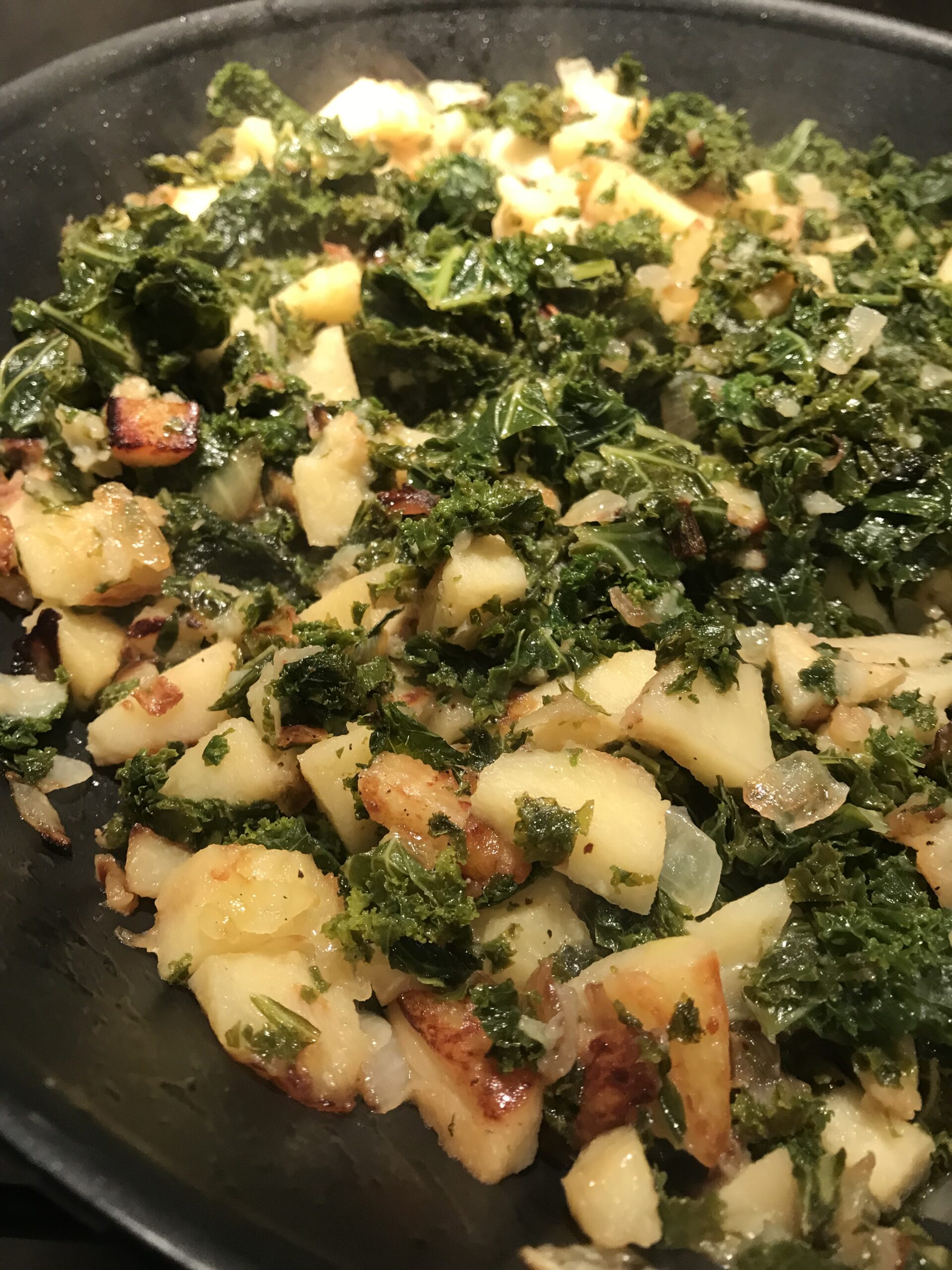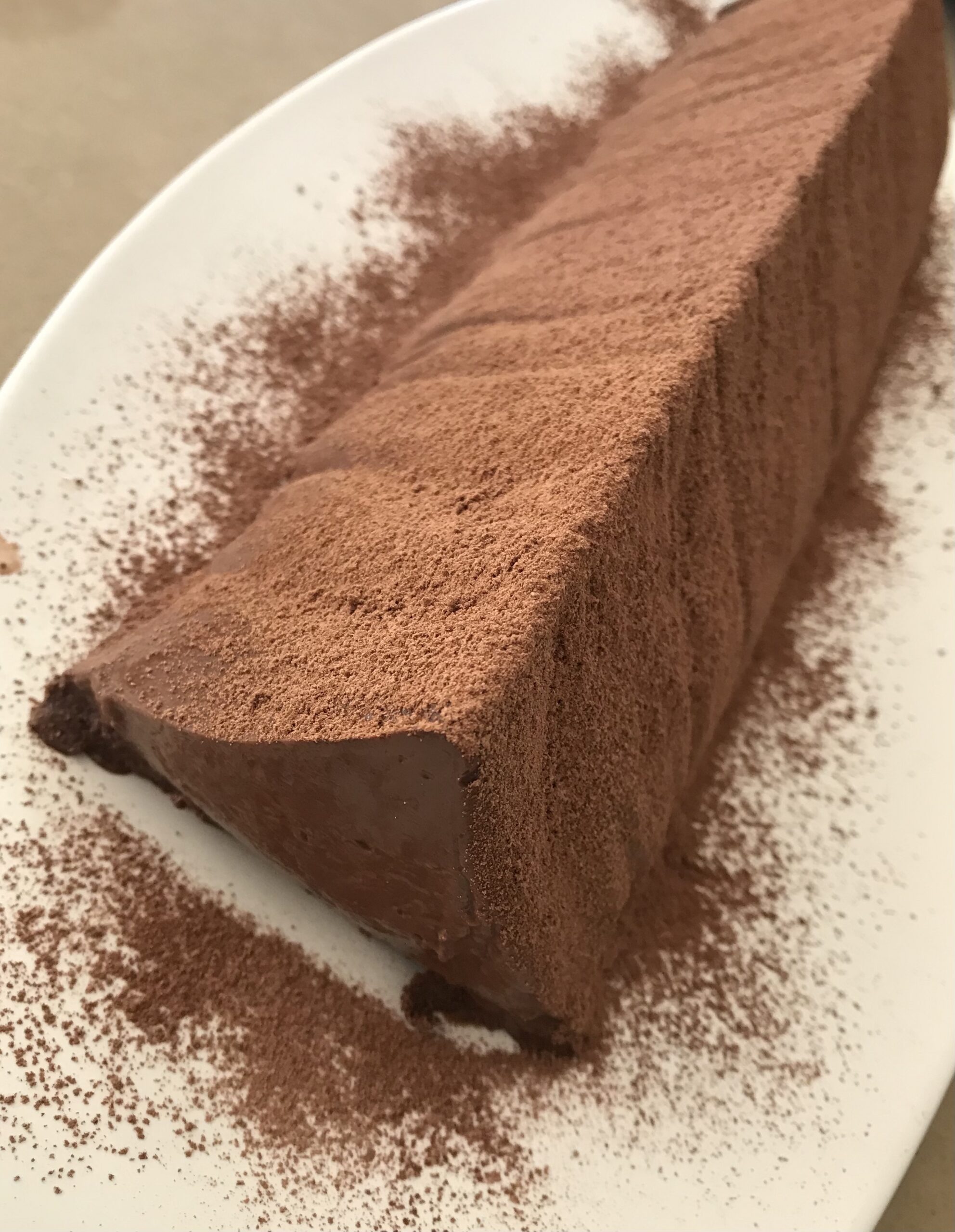Our friend Meg served this delicious prawn and cauliflower starter from Aussie chef Matt Moran recently. The recipe makes six starters, or make half as a light and healthy mid-week dinner for two.

2 Tbs vegetable oil
50g sliced almonds, toasted
Cauliflower purée:
40g butter
The rest of the cauliflower (about 300g) chopped small
White Miso Dressing:
100g white miso
Puree: heat butter in frying pan, add cauliflower, cover and cook, stirring occasionally for 10-15 mins or till very soft but not coloured. Add a few teaspoons of water if it starts to stick. Process with cream, salt and pepper till smooth. Reheat to serve if necessary.
Dressing: blitz all together in food processor till smooth, then push through a sieve.
Cook cauliflower florets in boiling salted water for 4 minutes or until al dente. Drain and set aside. Preheat chargrill plate till hot. Mix prawns with the oil in a bowl and cook on the grill for 3 minutes, turning once, until just cooked.
To serve, divide cauliflower purée between 6 plates and spread into a circle. Top each serving with 3 prawns, some spinach, cauliflower florets, almonds, apple julienne. Drizzle with some dressing and top with coriander. I also drizzled a little extra virgin olive oil around the edge.
If serving as a main, increase the prawns so each person gets 5 or 6.
Serves 6 as a starter, four as a main











 Cake mix:
Cake mix: